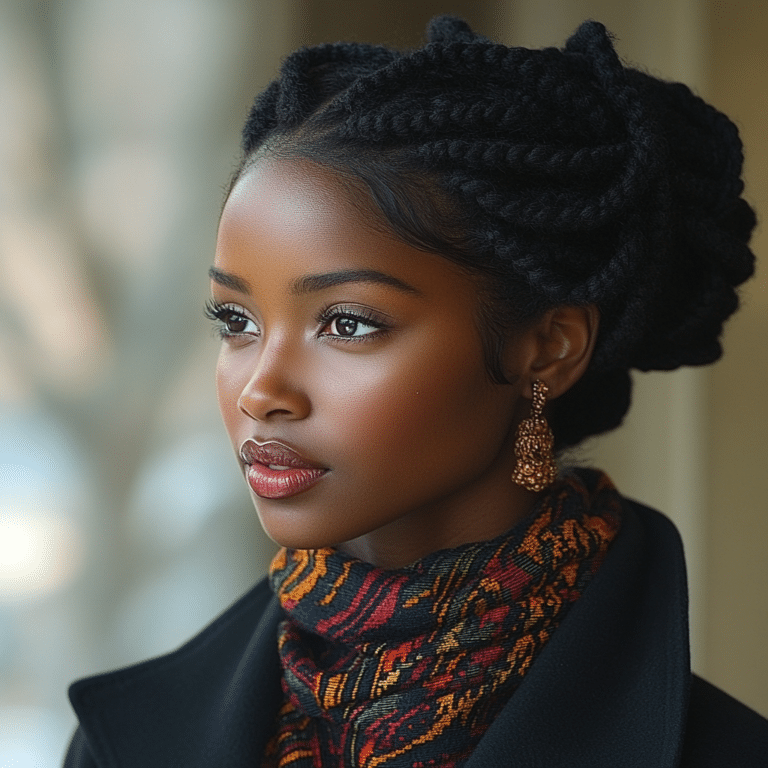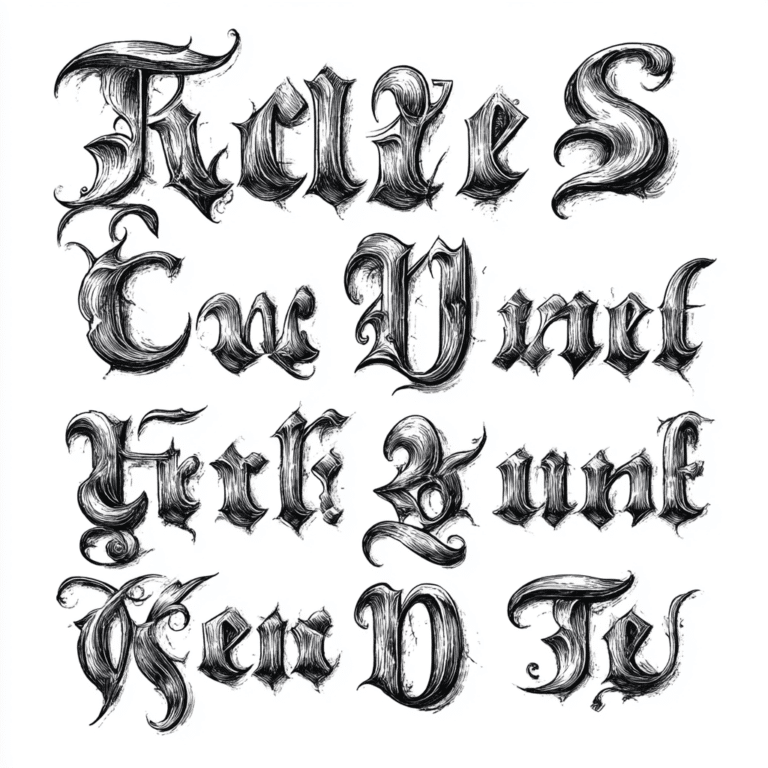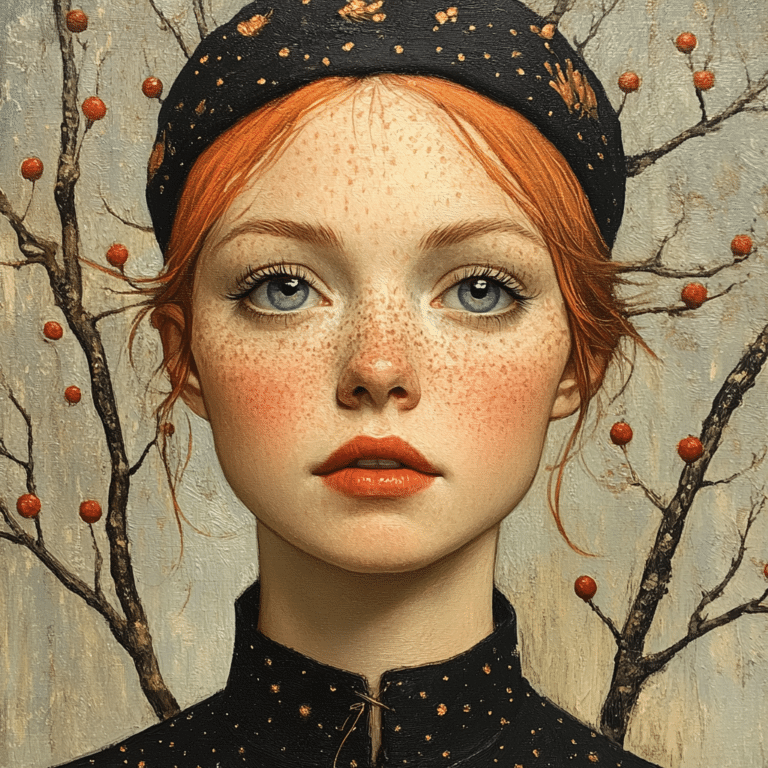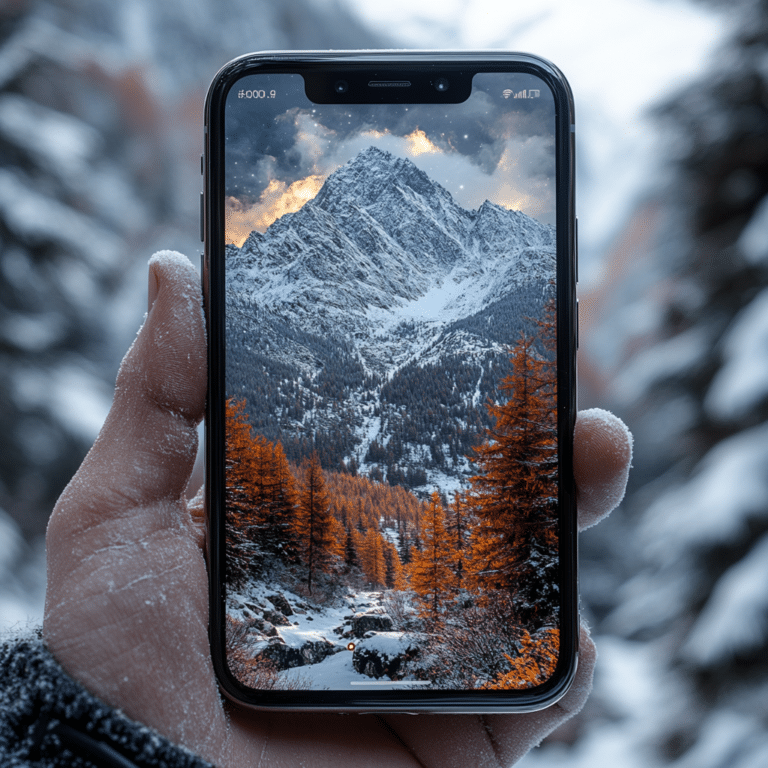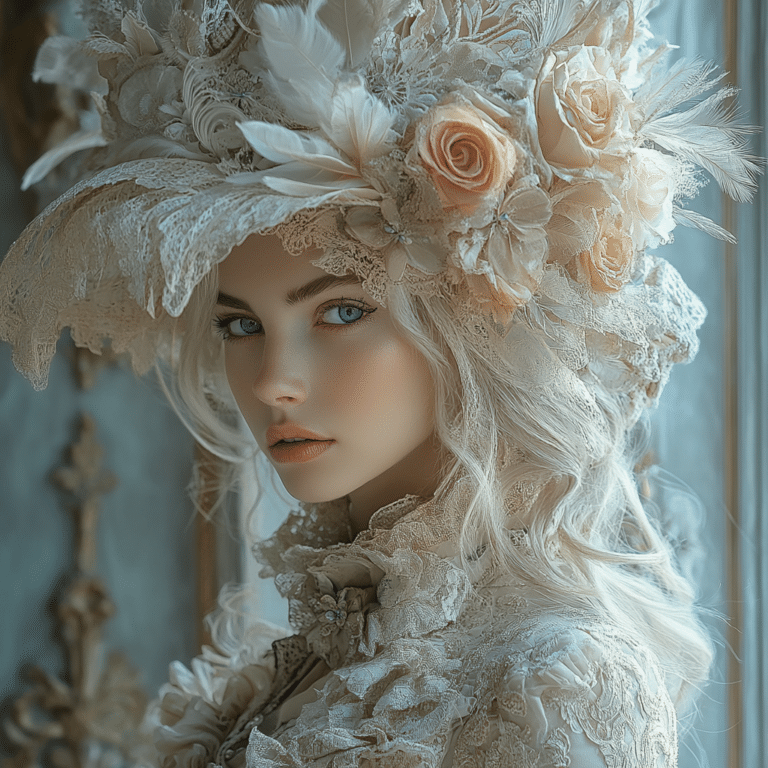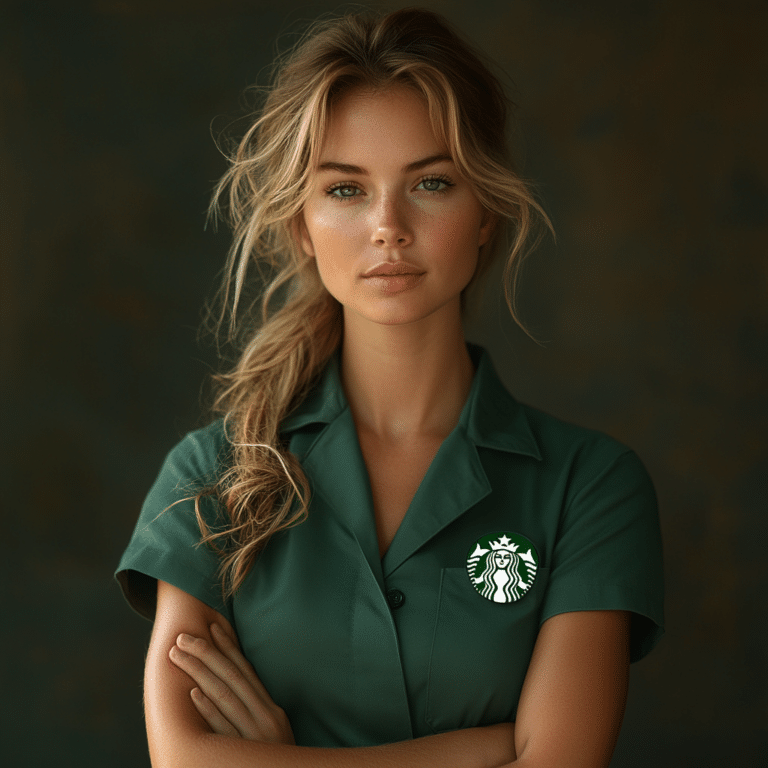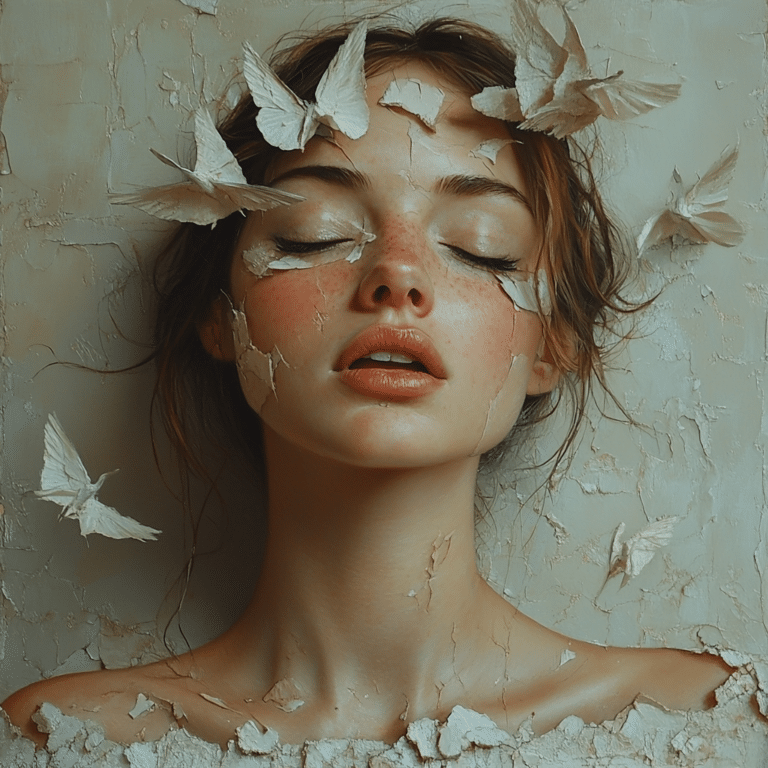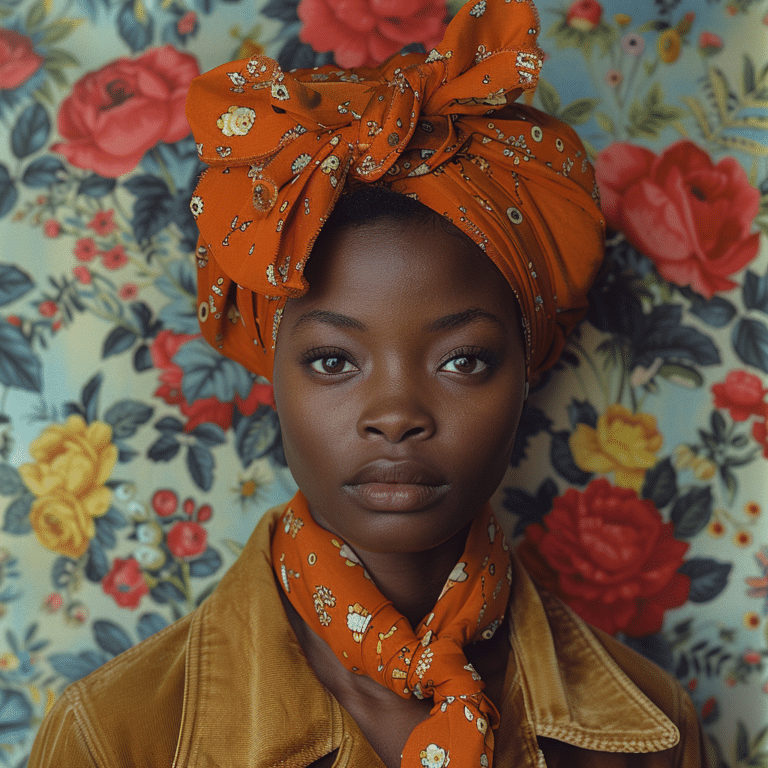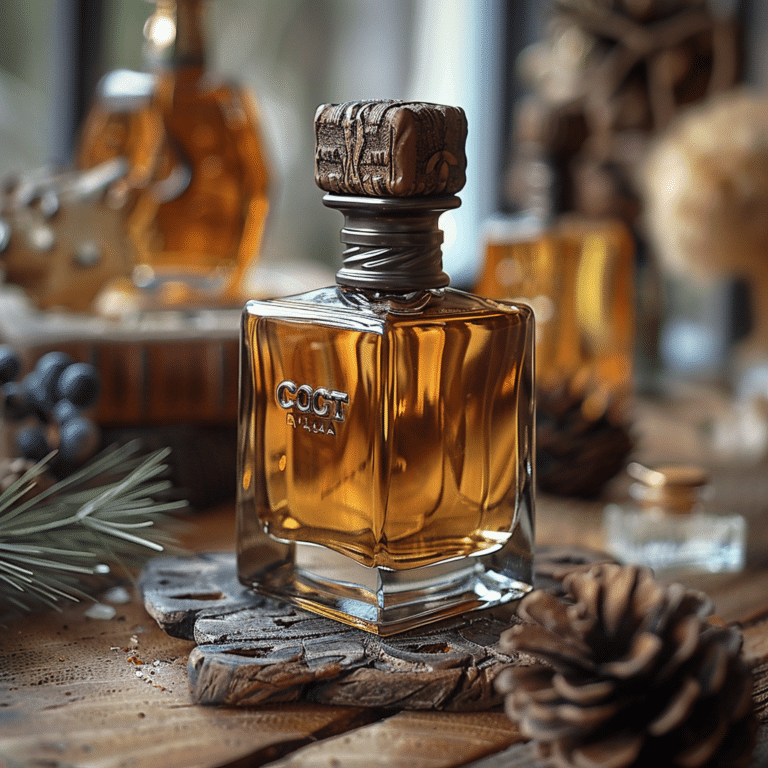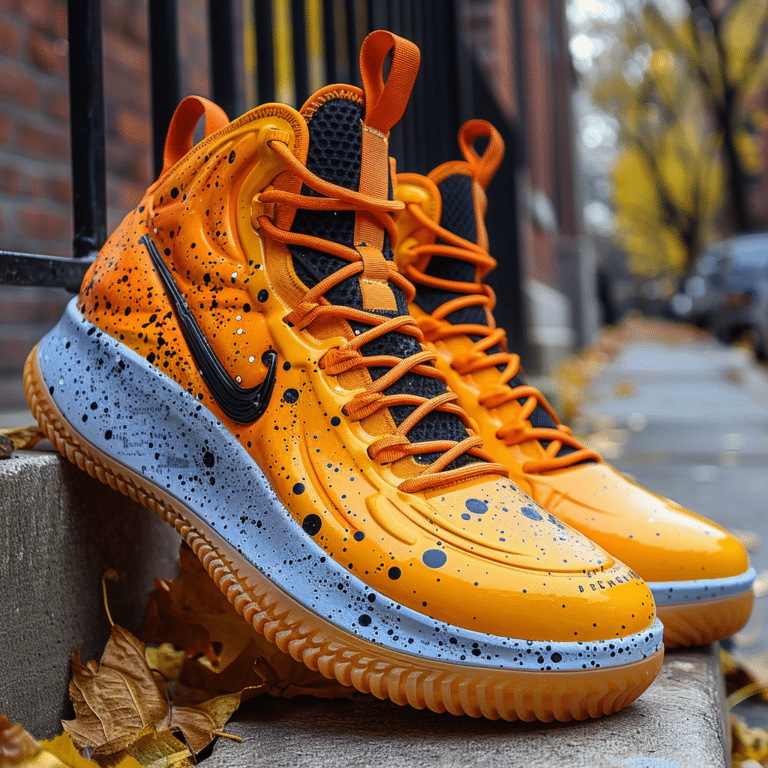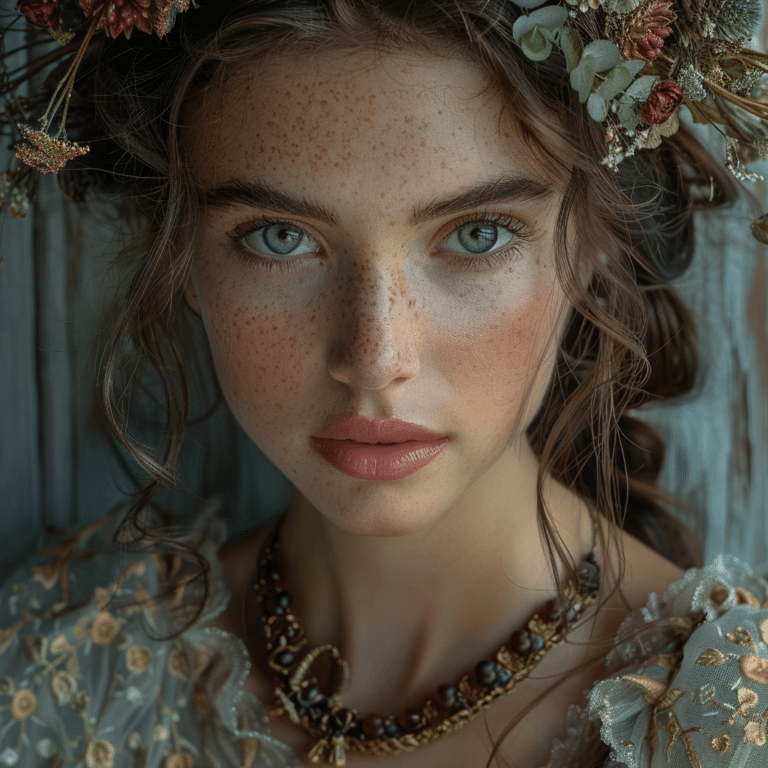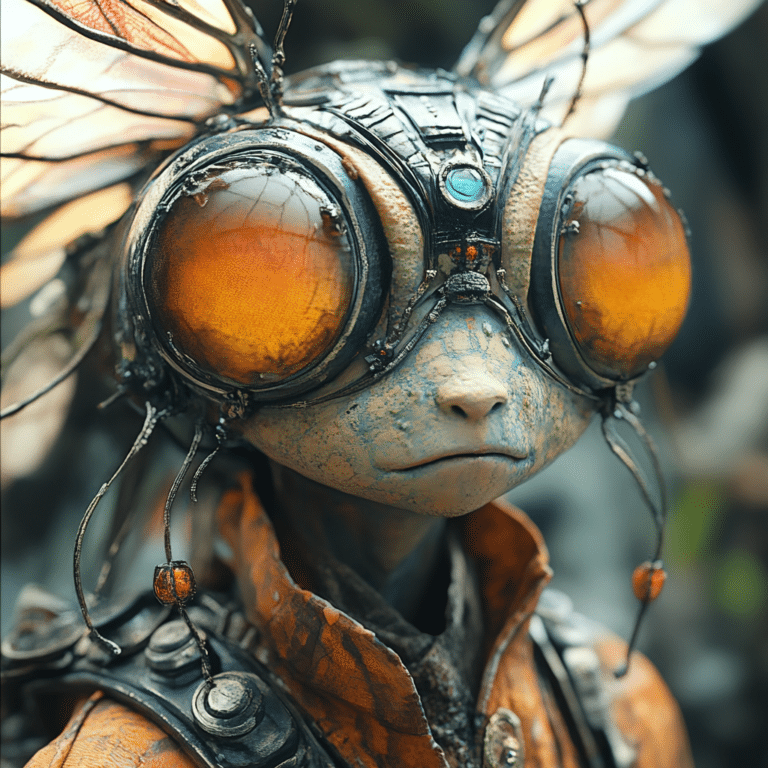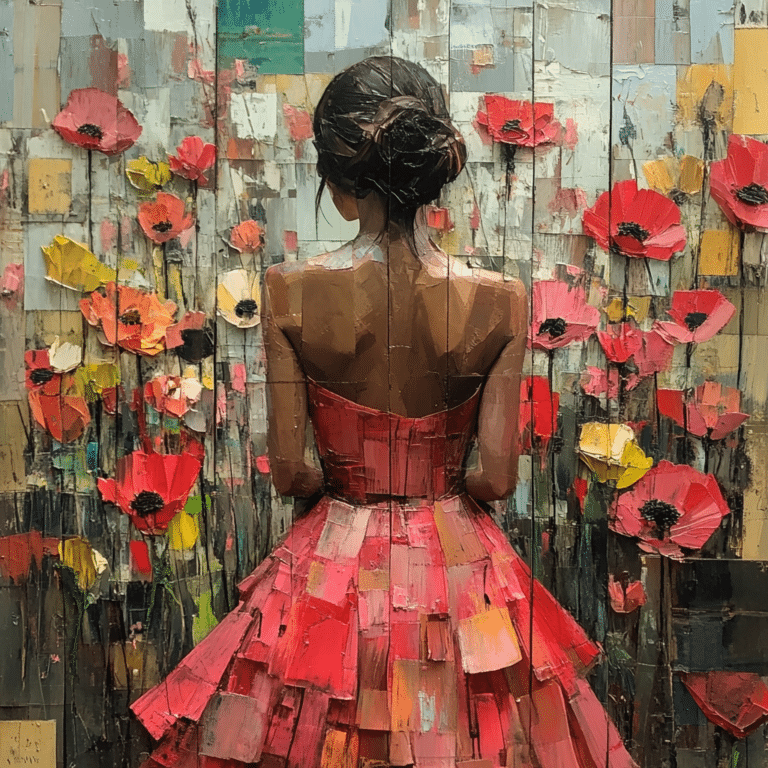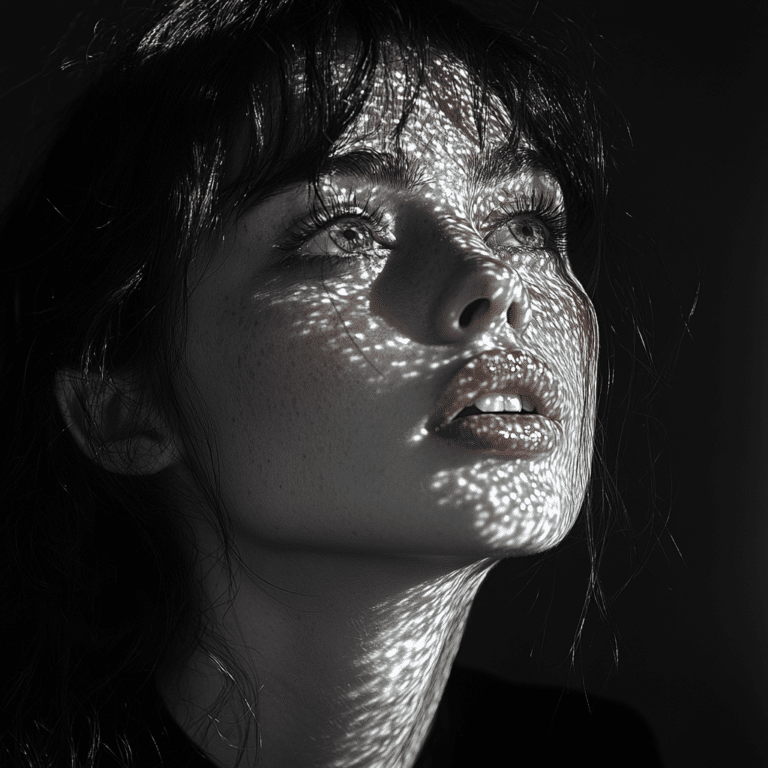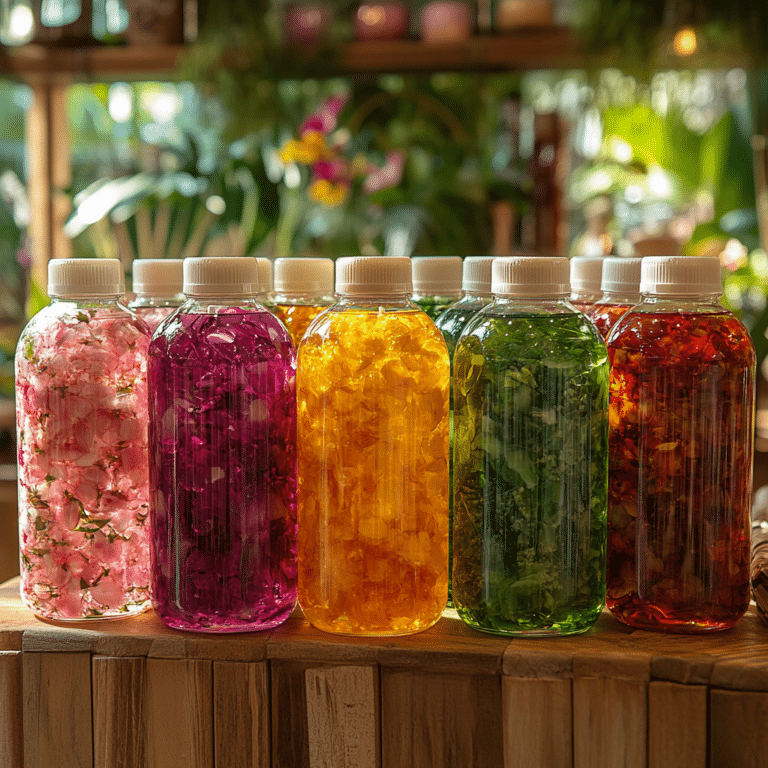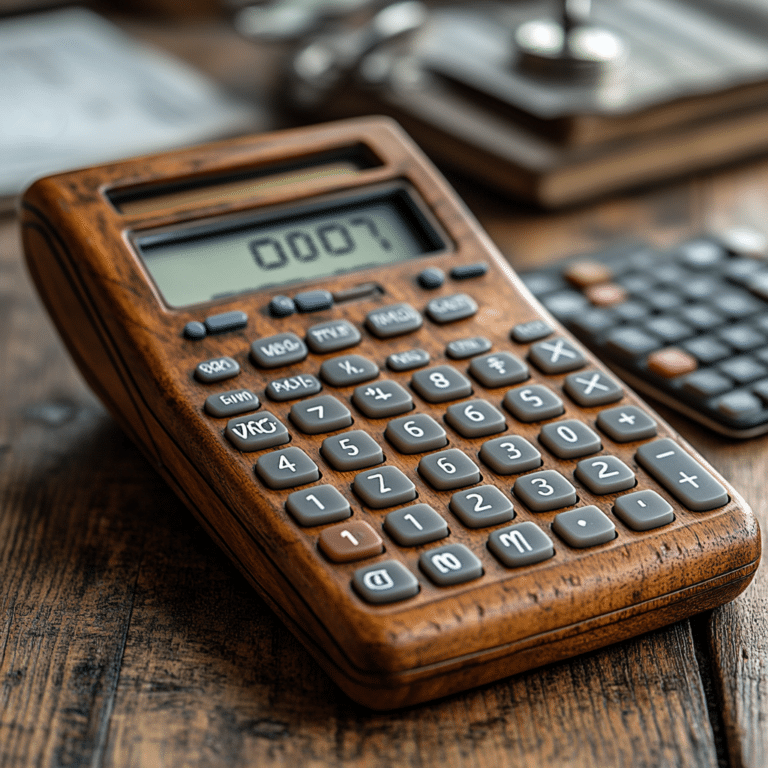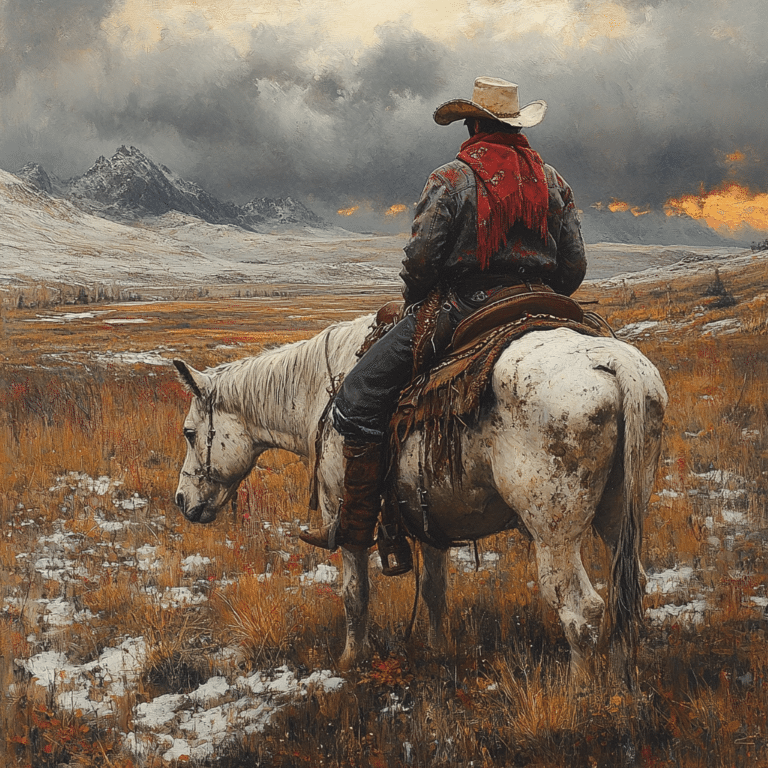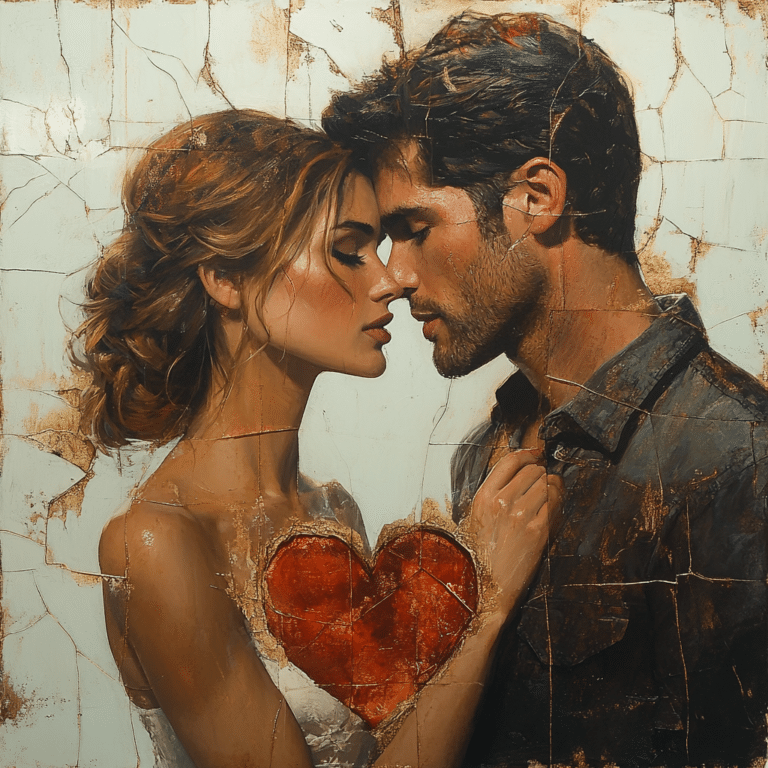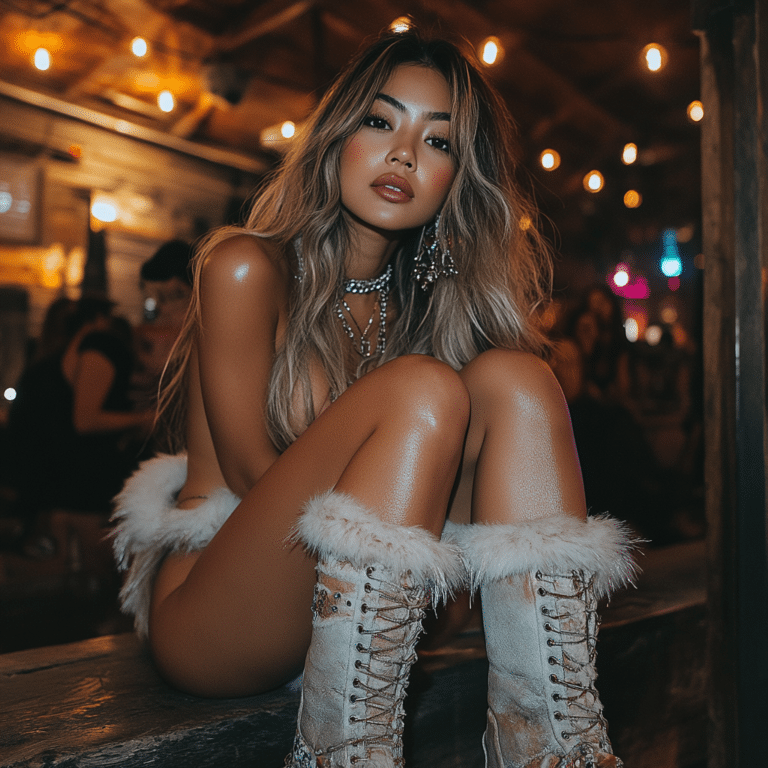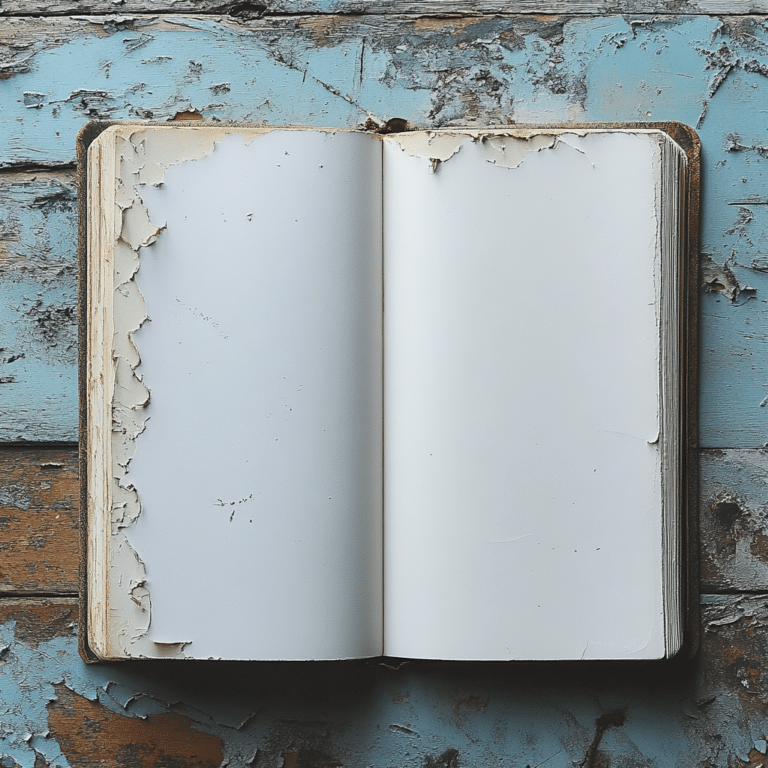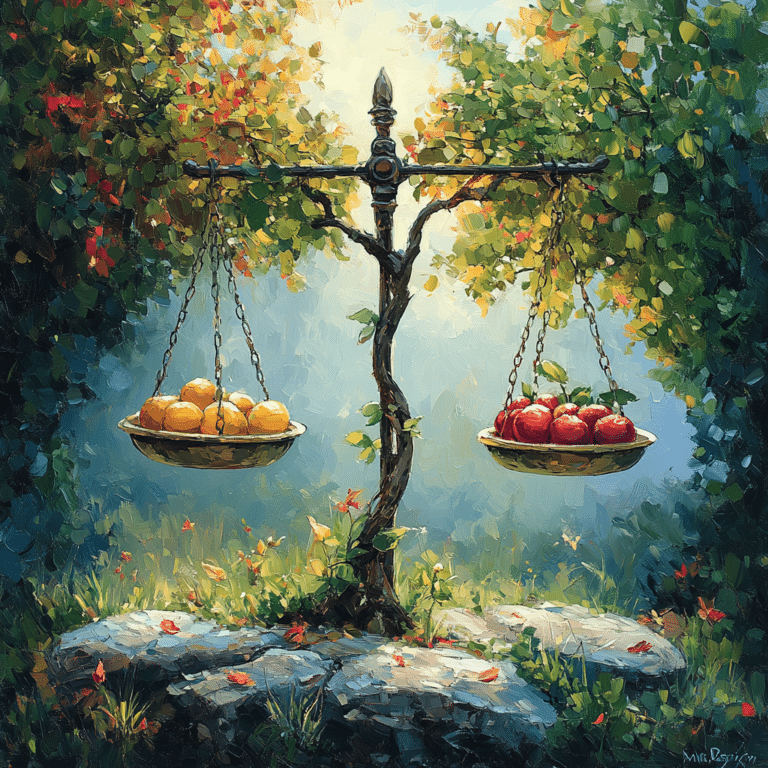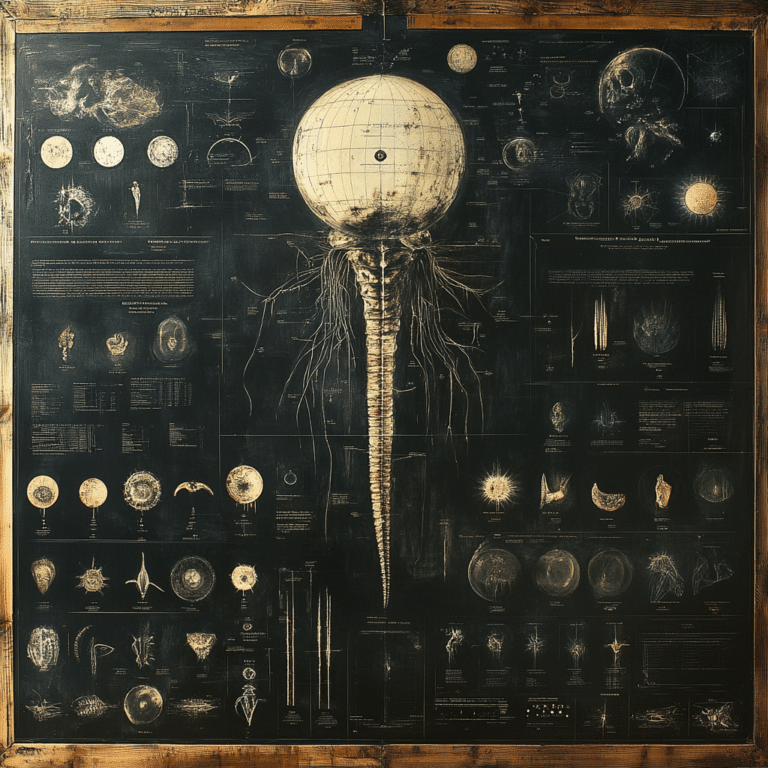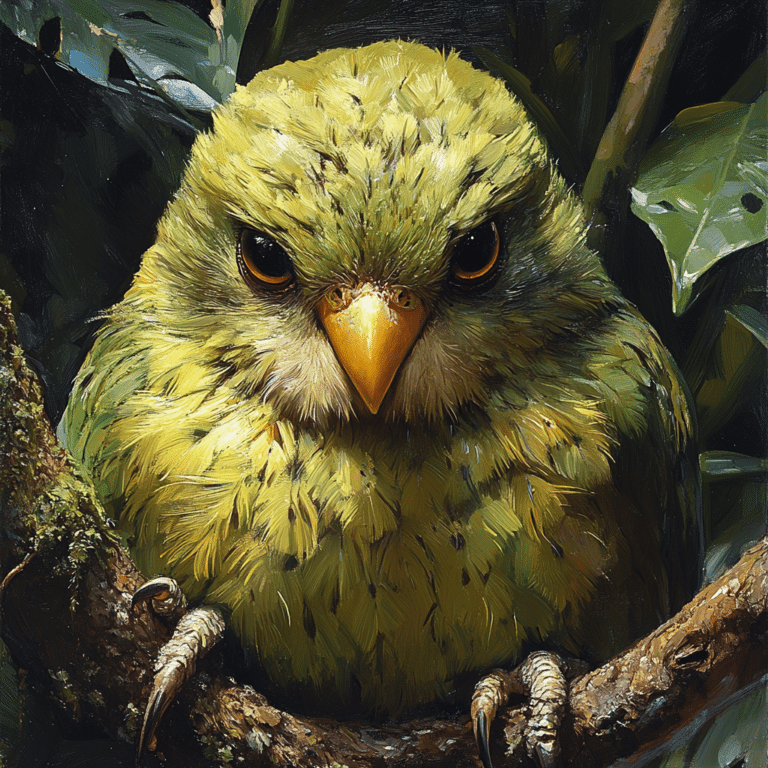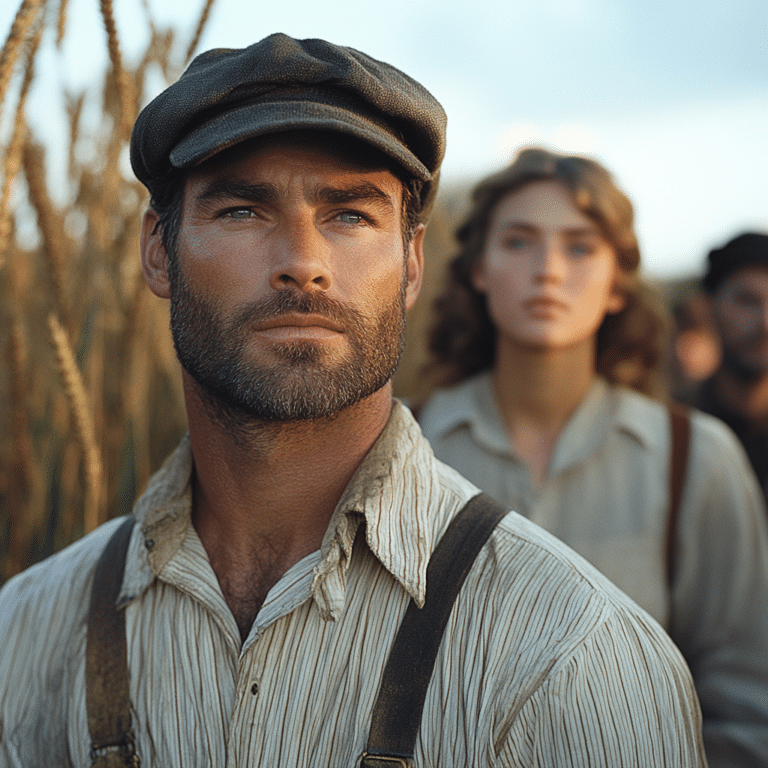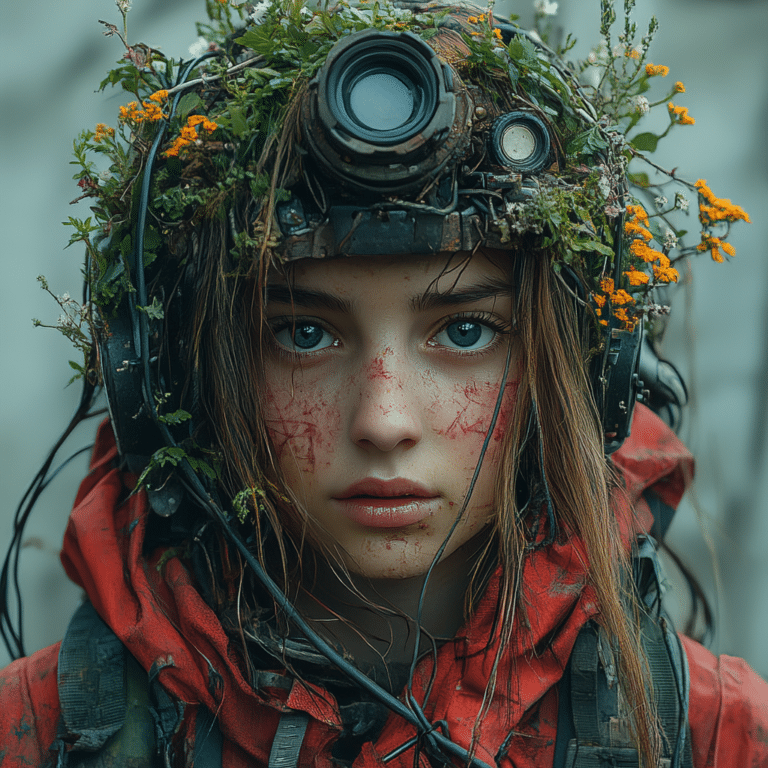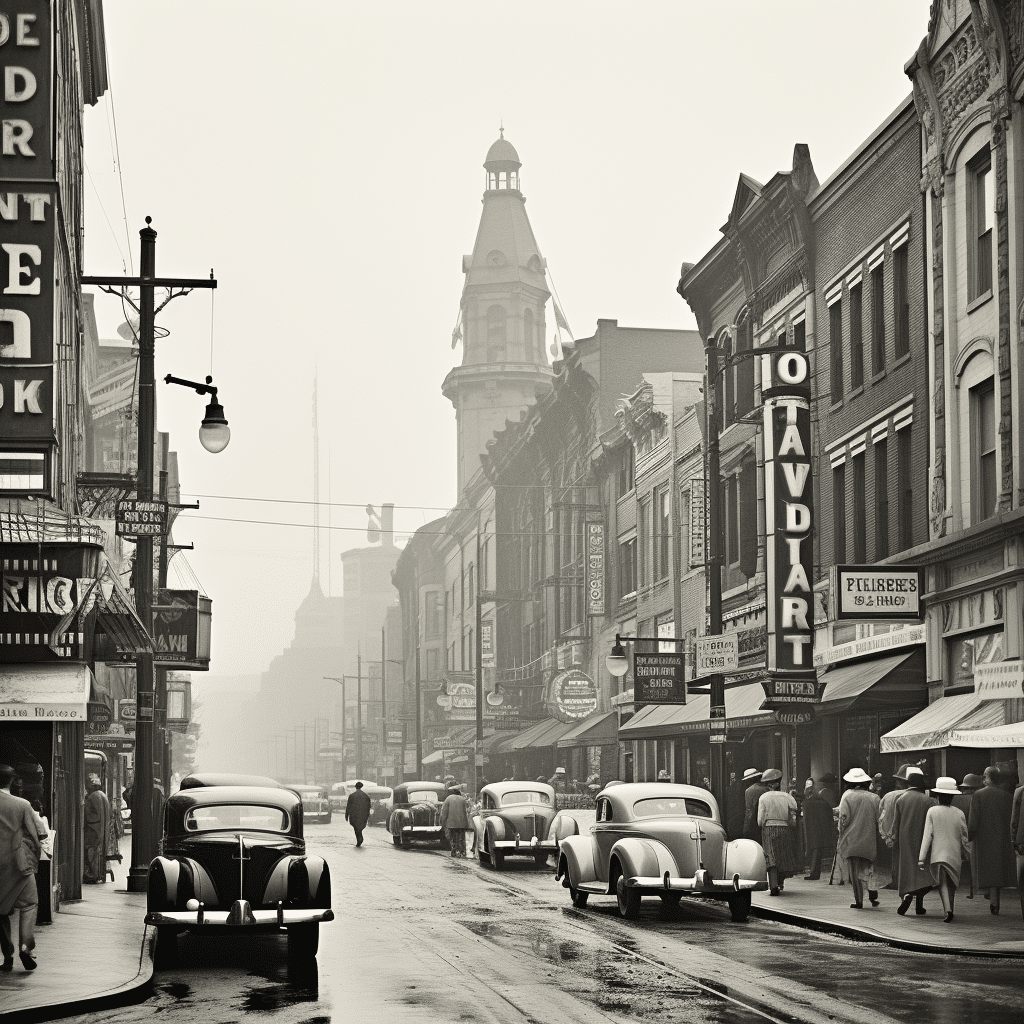The Evolution of African American Hairstyles: A Journey Through Time
From Ancient Civilizations to the Harlem Renaissance: Early African American Hairstyles
African American hairstyles carry a profound history that dates back to the ancient civilizations of Africa. In these societies, hair was more than a fashion statement; it symbolized tribal affiliation, marital status, age, and wealth. Intricate braiding patterns and adorned styles were even used to convey messages. Fast forward to the Harlem Renaissance of the 1920s and 1930s—a cultural explosion marked by jazz, literature, and a resurgence in African pride. During this time, African American men and women embraced styles like the “Conk” and “Marcel wave,” which required chemical straightening but were seen as refined and sophisticated. These hairstyles were both a form of self-expression and a nod to cultural heritage during a period of significant artistic and intellectual activity.
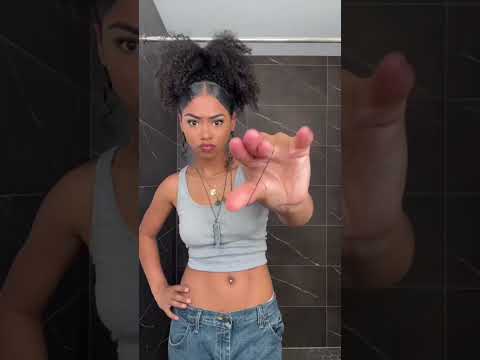
| Hairstyle | Description | Historical/Cultural Significance | Key Features |
| Afro | A natural hair style characterized by tightly curled or coiled hair that forms a rounded shape around the head. | Gained prominence in the 1960s-1970s during the Civil Rights Movement; symbol of cultural pride and identity. | Iconic, versatile, requires regular moisturizing. |
| Dreadlocks/Locs | Rope-like strands formed by the matting of hair, either naturally or through manual twisting. | Historically linked to various African cultures and religions; popularized by Rastafarian movement. | Low maintenance once formed, long-lasting. |
| Cornrows | Hair is braided very close to the scalp in straight lines or complex geometric patterns. | Traditional African hairstyle, often used for practical and aesthetic purposes; also became popular in hip-hop culture. | Protective style, can last several weeks. |
| Box Braids | Individual plaits that are squared off and not necessarily attached to the scalp. | Became popular during the early 1990s with African American women; symbol of both beauty and heritage. | Protective, versatile, can be styled in various ways. |
| Twists | Hair is divided into sections and twisted around itself or another piece. | Popular for its simplicity and ease, often used as a protective style. | Requires minimal maintenance, can be done quickly. |
| Bantu Knots | Hair sections twisted into small knots ranging all over the head. | Of African origin, it’s a way to manage and protect natural hair; popular during the ’90s and early 2000s. | Versatile, can create a curly style after unravelling. |
| Waves | Hair is brushed to lay down and form a wave-like pattern, often maintained with a wave cap. | Became popular among African American men in the 1990s; reflects grooming and style. | Requires regular brushing and moisturizing, stylish. |
| Fade Cuts | Hair gradually transitions from longer at the top to very short near the ears and neck. | Modern and trendy hairstyle, popular in hip-hop and urban cultures. | High-maintenance, frequent trims needed. |
The Civil Rights Movement: Afro and Natural Hair as Symbols of Resistance
The Civil Rights Movement of the 1960s and 1970s marked a dramatic shift in African American hairstyles, with the Afro emerging as a powerful symbol of resistance and pride. Leaders like Angela Davis and members of the Black Panthers flaunted their natural hair unapologetically, challenging the mainstream beauty standards imposed by white society. The Afro stood not only for black pride but also for a collective refusal to conform to Eurocentric ideals of beauty. It was a bold statement, a fist raised in solidarity against racial oppression, and an emblem of cultural pride. This movement cemented the importance of natural hair textures and inspired future generations to embrace their authentic selves.
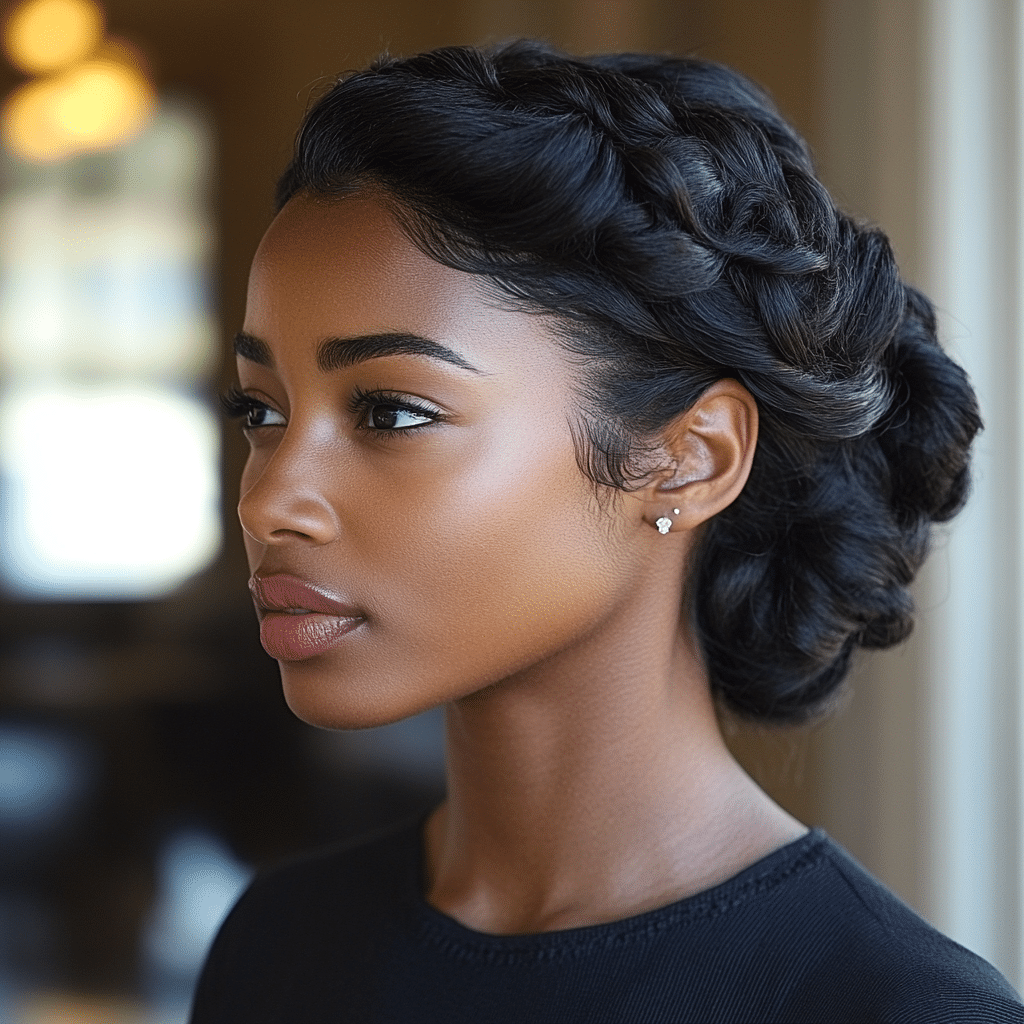
Contemporary Icons: How Public Figures Champion African American Hairstyles
Today’s icons in media and entertainment continue to honor and celebrate African American hairstyles. Actresses like Lupita Nyong’o, singers such as Solange Knowles, and poets like Amanda Gorman use their platforms to highlight the beauty and diversity of African American hair. Lupita Nyong’o has graced red carpets with natural updos, Solange Knowles has showcased her voluminous natural curls, and Amanda Gorman has captivated audiences with her intricate braids. These public figures not only bring African American hairstyles to the forefront of global stages but also reinforce the importance of cultural identities. Each style sends a message of empowerment, encouraging a dialogue focused on heritage, acceptance, and pride.
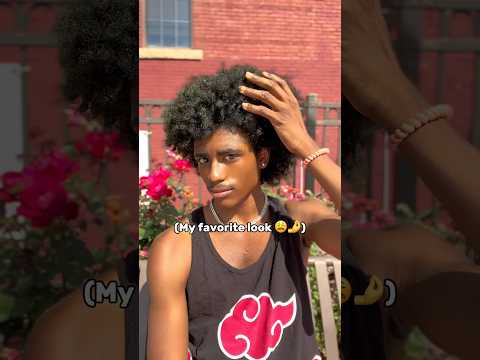
The Role of Social Media: Amplifying Voices and Trends in African American Hairstyles
Social media has revolutionized the way African American hairstyles are discussed and celebrated. Platforms like Instagram, TikTok, and YouTube serve as powerful conduits for sharing trends, tutorials, and hair care tips. Influencers such as Naptural85 and TheChicNatural have amassed massive followings by providing valuable content on caring for and styling natural hair. These platforms democratize access to information, breaking down barriers that once limited knowledge to salon visits and community gatherings. Now, individuals can easily learn how to create protective styles like braids and twists, as well as celebrate their natural curls and kinks. Social media has effectively amplified the conversation, allowing for a more inclusive and widespread appreciation of African American hair traditions.
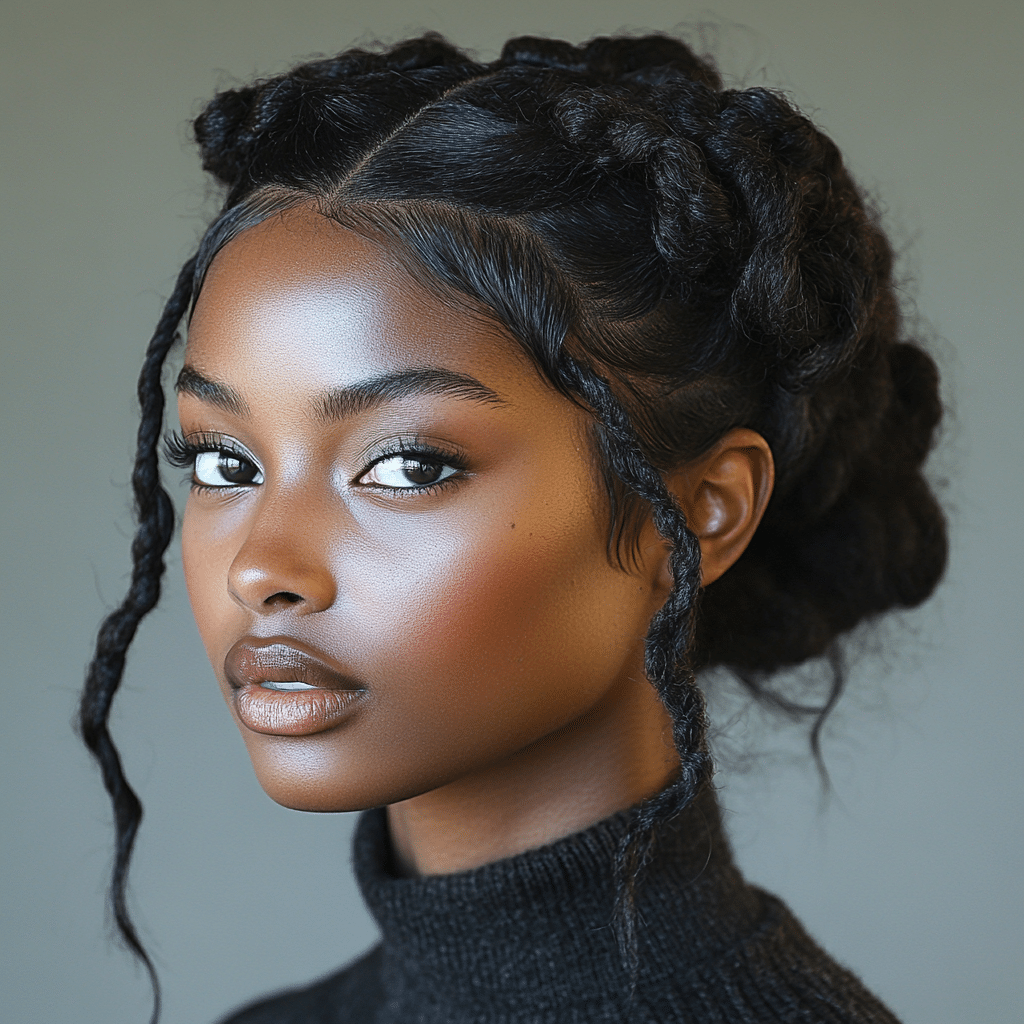
Natural Hair Movements: The Resurgence of the Natural Hair Movement
The 21st century has witnessed a resurgence of the natural hair movement, igniting a renewed celebration of African American hairstyles. Organizations like the Natural Hair Academy and campaigns such as Dove’s “Crown Act” have played significant roles in challenging discriminatory practices and promoting hair care education. These initiatives aim to reclaim and honor ancestral hair textures while providing a supportive community for those transitioning from chemically altered hair to natural styles. The movement is about more than just hair—it’s a celebration of identity and an assertion of pride in one’s roots. This modern wave of acceptance and education has helped many reclaim their natural beauty, fostering a sense of community and resilience.
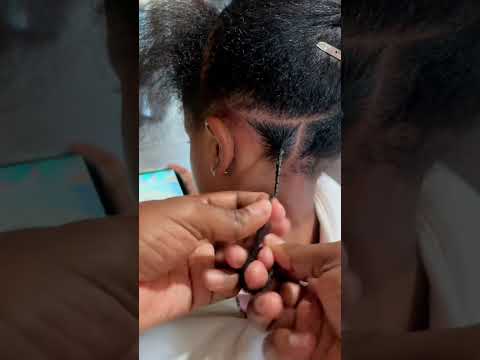
The Economics of African American Hairstyles: Industry Impact and Consumer Power
African American hairstyles contribute significantly to the economy, with substantial purchasing power rooted in the black hair care industry. Worth over $2.5 billion in the United States alone, this booming sector offers specialized products tailored to the unique needs of African American hair. Brands like Carol’s Daughter and SheaMoisture have gained prominence by addressing curly hair care, offering conditioners, oils, and styling tools specifically designed for braiding and twisting. These businesses empower consumers to embrace their natural beauty while simultaneously driving economic growth within the community. The financial clout of this industry underscores the significance of African American hairstyles beyond cultural identity, emphasizing their role in economic empowerment.
Preserving Heritage: Education and Representation in African American Hairstyles
Preserving the heritage of African American hairstyles hinges on education and representation. Institutions like the Madam C.J. Walker Beauty Culture, named after the first female self-made millionaire of African American descent, serve as crucial educational resources. These institutions celebrate the rich history and cultural significance of African American hair. Initiatives like the “My Hair Story” project further this cause by archiving individual experiences and testimonials, ensuring that personal and cultural narratives are preserved for future generations. Through education and representation, the legacy of African American hairstyles can be honored and maintained, fostering a deep sense of pride and continuity.
Embracing the Future: Innovative Trends and Future Directions in African American Hairstyles
Looking ahead, the future of African American hairstyles blends tradition with innovation. Emerging trends include tech-infused hair care solutions like smart hairbrushes that analyze hair health and eco-friendly products catering to sustainable beauty practices. Virtual reality (VR) consultations and augmented reality (AR) hairstyling apps are set to transform how individuals explore and choose their hairstyles. These technologies offer personalized advice and virtual try-ons, making salon visits more informed and efficient. By embracing these innovations while honoring deep-rooted traditions, African American hairstyles will continue to stand as a testament to resilience, creativity, and cultural pride.
The journey of African American hairstyles is one of cultural identity, resistance, and pride. From ancient civilizations to the Harlem Renaissance, and from the Civil Rights Movement to today’s digital age, these hairstyles have symbolized more than beauty—they represent a rich history and a powerful statement of uniqueness. As we look to the future, the blend of tradition and innovation will ensure that African American hairstyles remain a vibrant and enduring emblem of cultural identity.
This article journeyed through the historical and cultural significance of African American hairstyles, shedding light on their role in cultural identity and resistance. For further reading on cultural impacts and historical figures, explore the fascinating legacy of Amy Vanderbilt.
Would you like to see the psychological impact of self-expression through hairstyles? Discover the tragic story behind why Did twitch kill Himself and how societal pressures can weigh heavily on one’s identity.
African American Hairstyles: Cultural Pride and Identity
African American hairstyles have long been a symbol of cultural pride and identity, reflecting a rich history and diverse influences. Did you know that the braids worn by enslaved Africans were not just for aesthetic appeal, but often encoded messages? Indeed, some styles contained secret patterns used as guides to escape routes. Imagine that level of ingenuity and courage!
Hair as Heritage
The Afro, a powerful symbol of the 1960s civil rights movement, made quite a statement. When rock musicians’ performances received all time low Hits, the Afro stood tall as a declaration of cultural pride amidst the turmoil. Similarly, the Jheri curl of the 1980s became a popular choice for African American men and women. This glossy, curly style was not just about fashion – it represented a reclaiming of natural textures. But it wasn’t cheap; maintenance could feel like paying taxes on the sale of a deceased parents home, a pricey endeavor indeed!
Modern Trends
In recent years, locs and natural twists have seen a resurgence. With the 30 year mortgage rate history showing fluctuations, it’s clear that economic trends influence more than just home buying. Popularity in natural hairstyles has grown not just as a fashion statement but as a nod to tradition and roots. It’s a conscious move away from harsh chemicals, embracing the beauty of natural texture.
Creativity in Styling
From intricate cornrows to elaborate protective styles, creative freedom in African American hairstyles is boundless. It’s a bit like a talented artist at Yuki Hana, where precision and creativity weave together to craft something extraordinary. However, the journey to reclaim and celebrate these styles hasn’t been smooth. Remember the Alhambra stabbing suspect? Just as the community faces challenges, so too have individuals faced judgment and discrimination based on their hair.
So next time you see someone sporting an intricate braided style or a proud Afro, remember there’s history and resilience woven into those strands. African American hairstyles are an emblem of cultural identity and a testament to the ongoing journey of self-expression and pride.
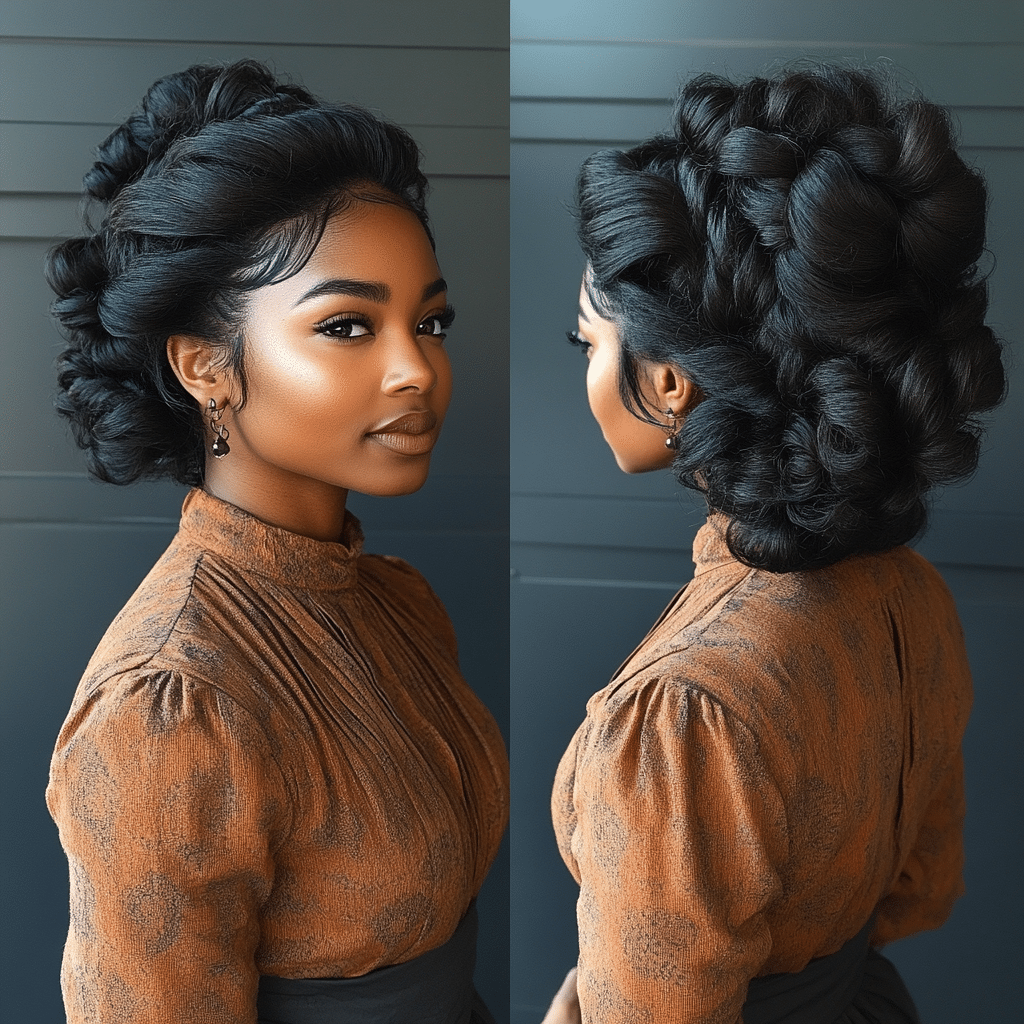
What is the most popular hairstyle for Black people?
The most popular hairstyle for Black people varies, but the afro remains iconic and culturally significant, particularly for its historical connection to the Civil Rights Movement of the 1960s and 1970s.
What is the African American hairstyle called?
The most common hairstyle referred to in the African American community is the afro, especially popular during the Civil Rights era as a symbol of cultural pride and identity.
What is Jamaican hairstyle?
Dreadlocks, often called dreads or locs, are closely associated with Jamaican culture. This hairstyle involves hair matting naturally or being manually twisted into rope-like strands.
How to style Black hair for females?
Styling Black hair for females can involve a variety of options including braids, twists, cornrows, and bantu knots. Using protective styles is popular to help maintain hair health and prevent damage.
What is the black hair trend in 2024?
In 2024, trends point towards embracing natural textures and protective styles like braids and twists, along with creative expressions with color and accessories.
What is the most common African American hair type?
Type 4 hair, often described as kinky or afro-textured, is the most common hair type among African Americans. It features tightly curled or coiled strands.
Why is hair important to Black culture?
Hair holds significant importance in Black culture as a symbol of identity, heritage, and personal expression, often used to convey social status and community solidarity.
What is the oldest Black hairstyle?
The afro is considered one of the oldest Black hairstyles, with roots tracing back to ancient African civilizations where it was a traditional and natural way of wearing hair.
Why is African hair curly?
African hair tends to be curly due to its unique follicle shape and structure, which is often more elliptical or oval, making the hair curlier and coilier.
What is Afro Caribbean hair?
Afro Caribbean hair generally refers to the naturally curly or kinky hair textures typical among people of African and Caribbean descent, often managed with specific hair care techniques.
What is Marley hair?
Marley hair is a type of synthetic hair used for braiding, known for its texture that closely resembles natural afro-textured hair, often used in protective hairstyles like twists.
Who invented cornrows?
The exact origins of cornrows are ancient and not tied to a single individual. This hairstyle has been traced back to Africa over thousands of years as a traditional style.
What is the most popular African hairstyle?
Braid styles like cornrows and box braids are extremely popular and versatile, representing a staple in African hairstyles across generations.
What is the easiest hairstyle for black hair?
Simple styles like a high puff, wash-and-go, or two-strand twists are some of the easiest hairstyles to manage for Black hair, requiring minimal styling time.
How can I make my black hair look interesting?
To make Black hair look interesting, you can experiment with bold color, intricate braid patterns, creative partings, and unique accessories like beads, clips, and scarves.
What is the number 1 hairstyle?
There’s no definitive number one hairstyle as preferences are diverse, but afros, braids, and twists are consistently favored for their cultural resonance and versatility.
Which hairstyle suits for Black skin?
Hairstyles like afros, braids, and locs generally suit Black skin well, complementing natural textures and enhancing the overall aesthetic.
What is the most attractive hairstyle?
The most attractive hairstyle is subjective, heavily depending on individual taste, but many find natural curls, well-maintained locs, and creatively styled braids highly appealing.
Is black hair trending?
Yes, black hair is very much trending, with a strong focus on embracing natural textures, protective styles, and personalized looks that reflect individuality and cultural pride.

